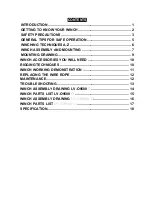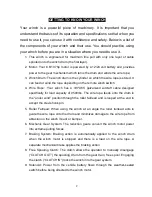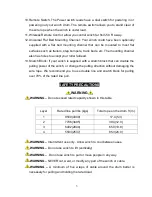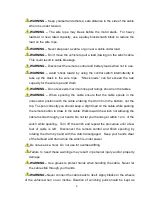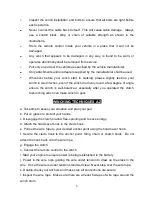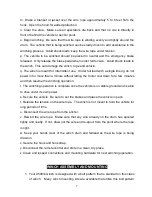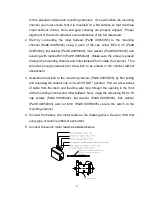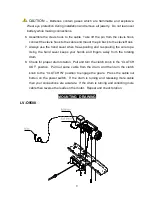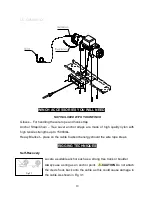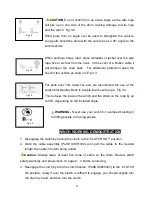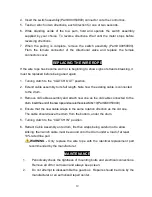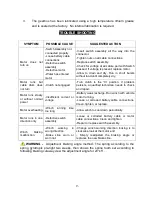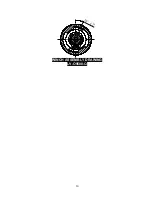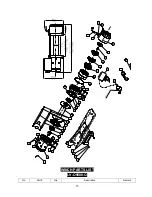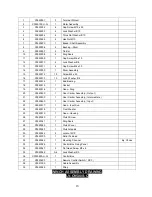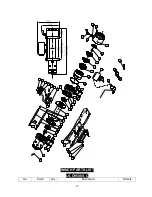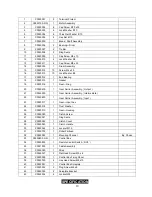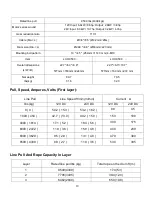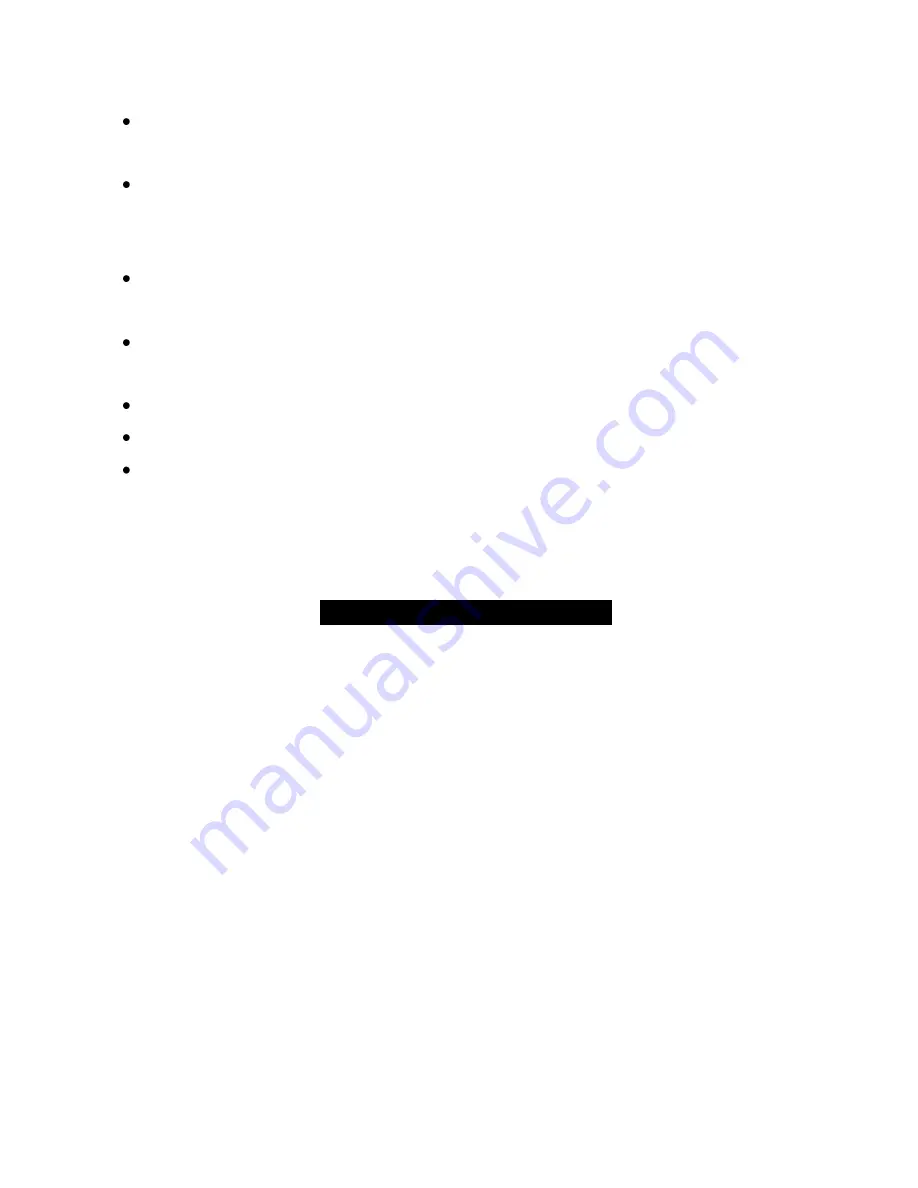
6
Inspect the winch installation and bolts to ensure that all bolts are tight before
each operation.
Never connect the cable back to itself. This will cause cable damage. Always
use a snatch block, sling or chain of suitable strength as shown in the
illustrations.
Store the remote control inside your vehicle in a place that it will not be
damaged.
Any winch that appears to be damaged in any way, is found to be worn, or
operates abnormally shall be removed from service.
Pull only on parts of the vehicle as specified by the vehicle manufacturer.
Only attachments and/or adapters supplied by the manufacturer shall be used.
Whenever before your winch start to working, please slightly test-run your
winch in two direction, even if the winch drum only round a few degree of angle,
ensure the winch is well-balanced, especially after you operated the clutch,
test-running winch can make winch in gear.
WINCHING TECHNIQUES A-Z
a. Take time to asses your situation and plan your pull.
b. Put on gloves to protect your hands.
c. Disengage the clutch to allow free-spooling and to save energy.
d. Attach the hand saver hook to the clevis hook.
e. Pull out the wire rope to your desired anchor point using the hand saver hook.
f. Secure the clevis hook to the anchor point: Sling, chain or snatch block. Do not
attach the hook back onto the wire rope.
g. Engage the clutch.
h. Connect the remote control to the winch.
i. Start your engine to ensure power is being replenished to the battery.
j. Power in the wire rope guiding the wire under tension to draw up the slack in the
wire. Once the wire is under tension stand well clear. Never step over the wire rope.
k. Double-check your anchors and make sure all connections are secure.
l. Inspect the wire rope. Make sure there are at least 5 wraps of wire rope around the
winch drum.


